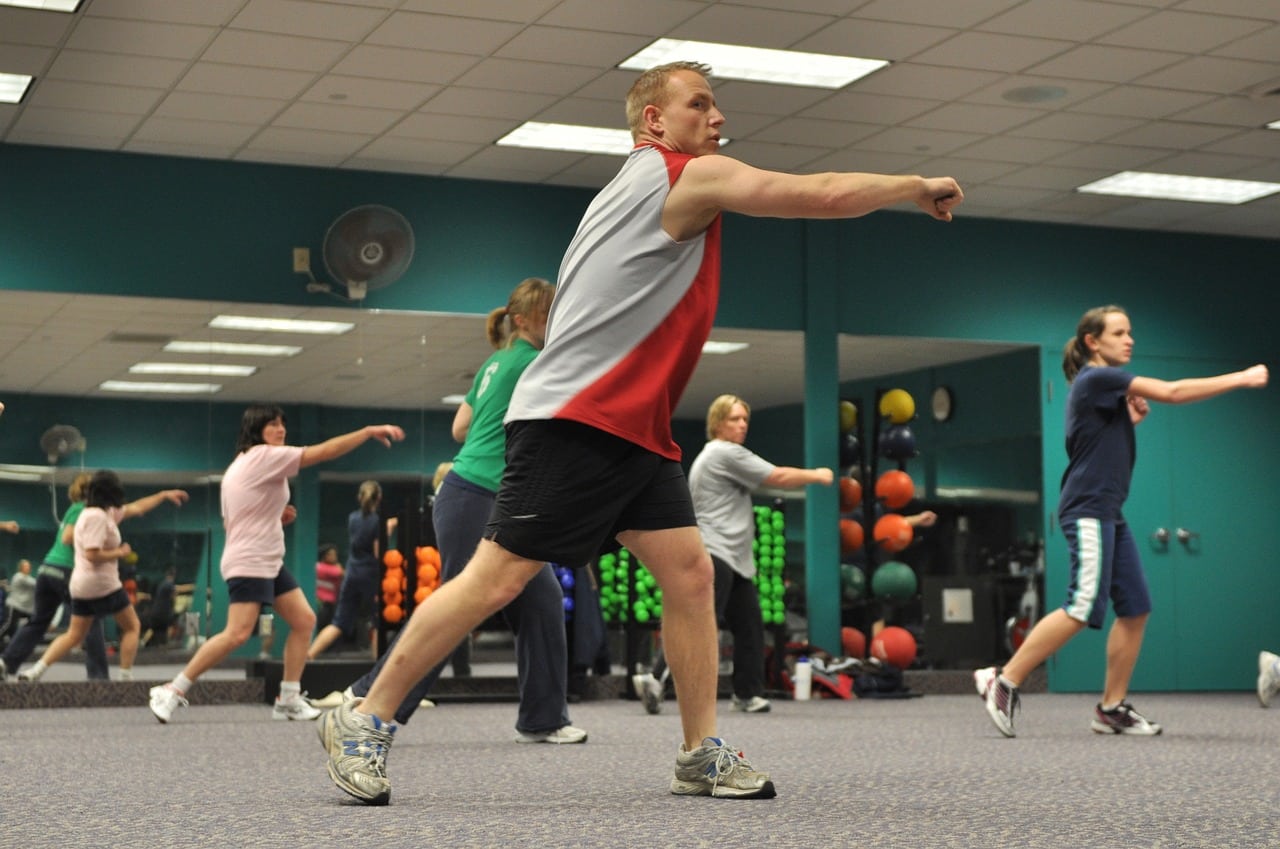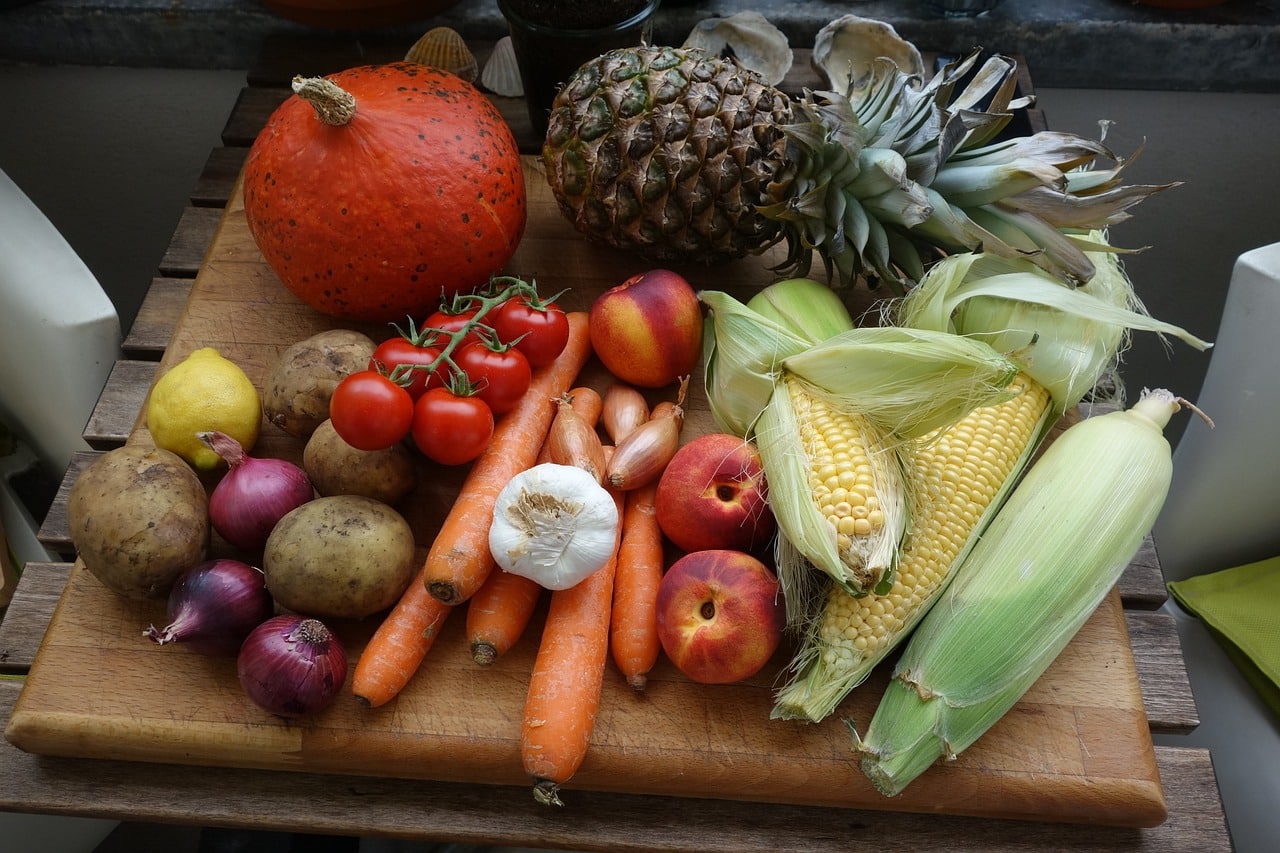
From Teens to Twenties: Navigating Varicose Veins in Youthful Years
Varicose veins, often associated with the aging process, are making an unexpected appearance in the lives of young adults. Understanding the dynamics of this occurrence is crucial for the health of the younger demographic. This article aims to unravel the mystery around the rise of varicose veins among the youth. We will explore the symptoms and risk factors associated with this condition.
Table of Contents
Signs and Symptoms
Surprisingly, varicose veins, typically associated with aging, increasingly appear in young adults’ lives. This challenges the usual association of this condition with advancing age. Also, contrary to popular belief, varicose veins aren’t always visible on the surface. Let’s delve into the symptoms associated with varicose veins in young people.
Visible Indications: More Than Meets the Eye
Bulging, twisted veins are a hallmark of varicose veins. However, they may not always be immediately apparent in young individuals. Often, subtler indicators manifest, such as:
- Persistent leg swelling, especially after extended periods of standing or sitting
- Discoloration or redness around particular veins
These conditions can be an early signal that warrants attention.
Uncommon Yet Significant: Pain and Discomfort
Varicose veins can go beyond the visual realm. They can cause discomfort that may be mistakenly attributed to other factors. Aching or throbbing sensations in the legs, particularly after prolonged inactivity, might signal the presence of varicose veins. Young adults should pay attention to discomfort, which could be an early warning sign of underlying vascular issues.
Skin Changes and Itching: Not to Be Ignored
Changes in skin texture around the affected veins shouldn’t be overlooked. Some of the changes that can be indicative of varicose veins include:
- Dryness
- Itchiness
- A feeling of heaviness in the legs
Young adults experiencing these symptoms should consider them signals to seek medical advice.
Causes and Risk Factors Unveiled
Recent medical findings challenge the idea that varicose veins are exclusively linked to aging. Age can indeed be a contributing factor. However, the sudden increase in younger people dealing with varicose veins requires further investigation.
Genetic predisposition emerges as a significant player in this surprising rise. People with a family history of varicose veins are susceptible at an earlier age. This sheds light on the hereditary aspect of this vascular condition. Beyond genetics, lifestyle factors are stepping into the spotlight.
The Impact of Lifestyle on Vein Health
The contemporary lifestyle embraced by many young adults is characterized by:
- Prolonged periods of sitting
- Sedentary leisure activities
- Poor dietary habits
This lifestyle has been identified as a key contributor to various health issues. Lack of physical activity can impede proper blood circulation, increasing the risk of vein-related problems.
Poor nutrition, especially diets lacking in fiber, can contribute to weight gain, putting additional pressure on veins. The combination of a sedentary lifestyle contributes to the development of varicose veins. This occurs at an earlier age than traditionally anticipated, exacerbated by dietary choices.
Addressing Environmental Factors
Beyond genetic and lifestyle influences, environmental factors, like exposure to toxins, may also play a role. Ongoing research raises intriguing questions about how our environment affects vascular health, particularly in the younger demographic.
Lifestyle Factors
The impact of lifestyle choices on vein health is paramount. This is especially true when managing varicose veins in the youthful years. Beyond genetic predisposition, understanding how daily habits contribute to varicose veins is crucial for effective prevention. Let’s explore the diverse lifestyle factors pivotal in this unexpected vascular phenomenon.
Dietary Choices: Beyond Calories and Nutrients
Diet is a cornerstone for overall health, and its influence extends to vein health. A fiber-rich diet benefits weight management and supports proper digestion and circulation. Incorporating the following foods to reduce your risk of developing varicose veins:
- Fruits
- Vegetables
- Whole grains
Physical Activity: The Antidote to Sedentary Habits
The modern lifestyle often involves extended periods of sitting, whether at desks or during leisure activities. Combating sedentary habits is crucial for maintaining healthy blood circulation. Regular physical activity promotes blood flow and strengthens the muscles that support veins. Engage in the following exercises to mitigate your risk of varicose veins:
- Walking
- Swimming
- Cycling
Hydration: A Simple yet Impactful Habit
Adequate hydration is a simple yet often overlooked aspect of vein health. Water supports circulation and reduces the strain on veins. Young adults are encouraged to maintain proper hydration levels. This is a proactive measure against the development of varicose veins.
Fashion Choices
Wisely choosing footwear is crucial for individuals prone to varicose veins. Stylish high heels may complement an outfit. However, they can strain the calf muscles and impede blood circulation. Consider opting for footwear with lower heels. Better yet, choose supportive shoes that prioritize comfort without compromising style.
Opting for shoes that provide adequate arch support can contribute to maintaining vein health. Similarly, choosing loose-fitting clothing prevents unnecessary pressure on veins. Comfortable clothing and footwear contribute to a healthier vascular system.
Practical Tips for Fashionistas
Varied Heel Heights
If high heels are a must, consider varying heel heights. This reduces the prolonged strain on specific muscle groups and promotes a more dynamic walking pattern.
Regular Leg Movements
Incorporate leg movements into your routine, especially if your day involves prolonged periods of sitting. Simple exercises like ankle circles and toe taps can encourage blood circulation.
Elevate Legs During Rest
When relaxing at home, elevate your legs to reduce the pressure on veins. This simple practice aids in blood flow back to the heart.
Consideration for Travel
During long flights or road trips, take breaks to stretch your legs and encourage blood circulation. Compression stockings can be particularly beneficial during extended periods of travel.
Conclusion
Navigating varicose veins in youthful years requires a multifaceted approach. So, to the young adults navigating varicose veins, remember that prevention and a positive mindset are your allies. Take charge of your vein health and embrace the changes that empower you. Stride confidently into a future where vein health and youth coexist harmoniously.






